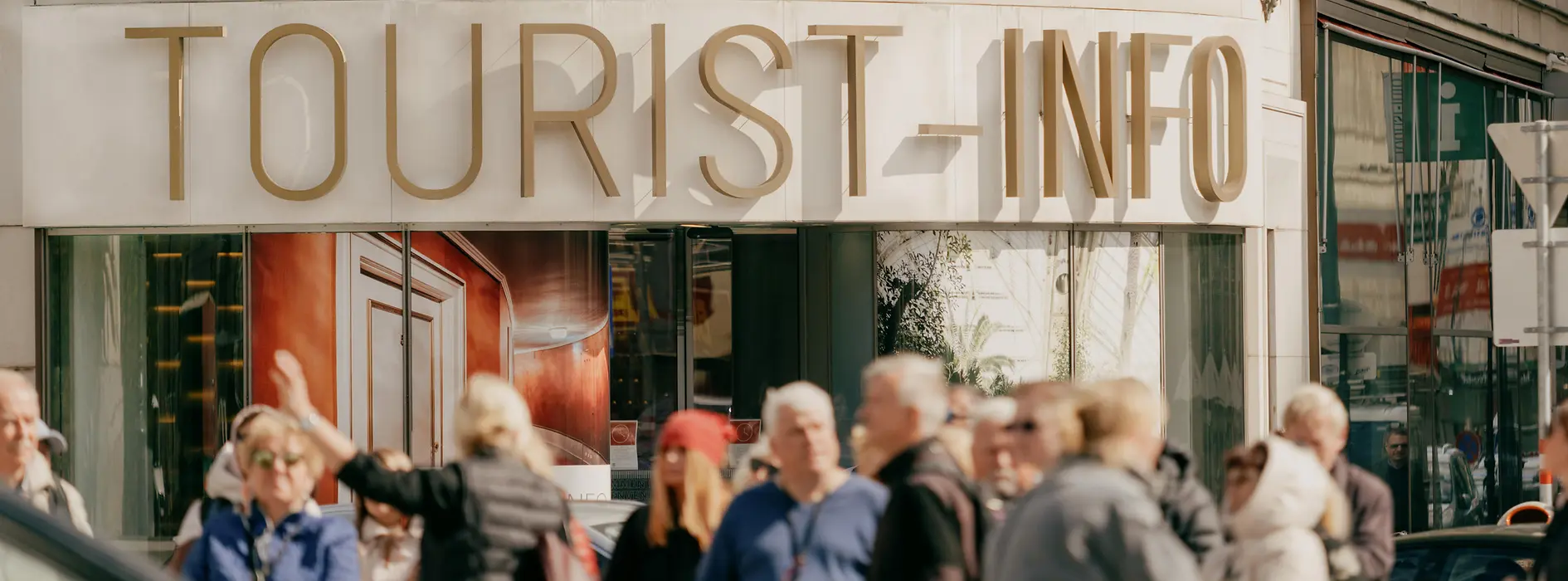Day Tourism
Day visitors boost Vienna’s retail and hospitality sectors, secure jobs, and are a source of added value. But at the same time, they place a disproportionate burden on the historic first district – as confirmed by various studies. And Viennese residents also cite seasonal events that attract many day visitors, such as the capital’s Christmas markets, as particular pressure points. The challenge: unlike overnight guests, we still know relatively little about day tourism.
The Day Visitor – the great unknown
Over recent years, we have built up detailed insights into overnight guests through regular surveys: from their reasons for travel and preferences, to their behavior and consumption patterns. Day tourism, by contrast, remains largely uncharted. After all, day visitors are by no means a homogeneous group: whether they come to Vienna for business or leisure, to attend a meeting or to visit friends and family, as part of a river cruise, a tour, or for an event – their reasons for traveling are every bit as diverse as their behaviors. And yet, they use the city’s infrastructure day in day out, alongside over two million Viennese residents and a daily average of more than 50,000 overnight visitors.
Analysis of visitor flows
So it’s high time to get to the bottom of this phenomenon with targeted analyses: a key partner in this is the City of Vienna’s Municipal Department of Economy, Labor, and Statistics (MA 23), which is one of the sponsors of the Vienna Sustainable Tourism Observatory. Under the leadership of the city’s data experts and with the help of mobile network data, over the coming months it will help to build up new insights into how public spaces are actually being used. In doing so, our main objective is to get a better picture of the behavior of different visitor groups. Here, special attention will be paid to the points where large numbers of guests come together at specific times in clearly defined locations – such as Christmas markets.
Data creates the basis for management
This analysis provides an important foundation for shifting discussions – currently centered on the (over) burdening of public spaces – away from the symptoms and towards the causes, creating a basis for working constructively on shared solutions. The fact that this approach works is demonstrated by numerous pilot projects and management measures from recent years, such as coach management around Schönbrunn Palace. Only robust data will enable us – together with the city’s various partners and the Visitor Economy – to implement effective measures for the optimized use and design of public spaces.
What will be analyzed (non-exhaustive list):
Quantification of day visitors
Differences between daytime and nighttime populations
Identification of different visitor groups and movement patterns based on specific use cases
Analysis of “chronotopes”: concentrations of visitors in specific places at certain times
Identification of points of contact between residents and guests

